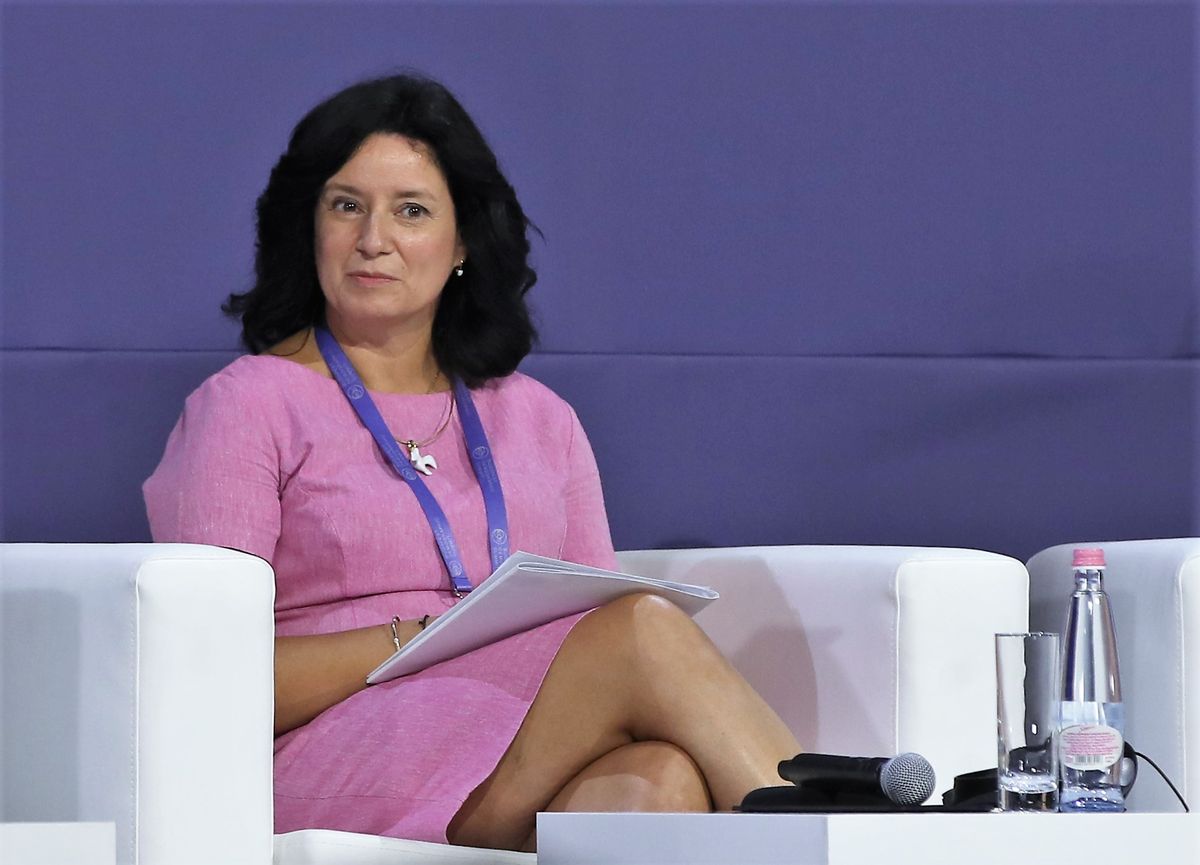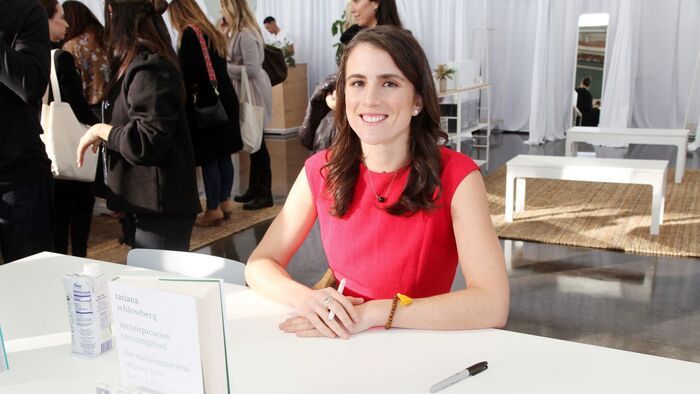The word family is no longer a politically correct term, and as Hungary's President Katalin Novak said, we Hungarians are freedom fighters. "I believe that we must continue our fight for the family as a value," the head of the Maria Kopp Institute for Demography and Families (KINCS) said at the 5th Budapest Demographic Summit during the panel discussion entitled Family and Demography: Women's perspectives. Tunde Furesz said that mothers' perspectives are a crucial part of Hungarian family policy.

Family policy based on mothers
She recalled Prime Minister Viktor Orban's speech on Thursday, in which he pointed out that Hungarian family policy has set five goals for itself. One of them is that family policy has to be based on mothers.
Tunde Furesz pointed out that the organization was named after a magnificent woman, Psychologist Maria Kopp, who was the founder of the Hungarian Demography Roundtable. In her research, Maria Kopp proved that young Hungarian couples want to have more than two children, but on average they do not have that many. And she was the first to say that families should be enabled to have the children they want. Hungarian policy wants to achieve the goal of Hungarian families having and raising their desired number of children.
Results seen
The expert said that in 2010, when the Hungarian family policy was launched, the goal set was to help mothers and families reconcile work and private life.
And on a macro level, the goal was to build a society based on employment and the institution of the family,
said Ms Furesz, adding that "this is why Hungary has taken a number of measures to promote work-life balance". She stressed that today the capacity for enrollment in nurseries and kindergartens it twice what it was in 2010. Free and compulsory pre-school education helps mothers to reintegrate into the labor market, but also to fulfill their role within the family unit.
She emphasized that they are proud of the achieved results, among them, the fertility rate increase from 1.2 to 1.6.
And most importantly, that this fertility rate growth was reached while the proportion of working mothers has increased, which is unique in Europe.
Cover photo: (Photo: Zoltan Havran)
























Szóljon hozzá!
Jelenleg csak a hozzászólások egy kis részét látja. Hozzászóláshoz és a további kommentek megtekintéséhez lépjen be, vagy regisztráljon!